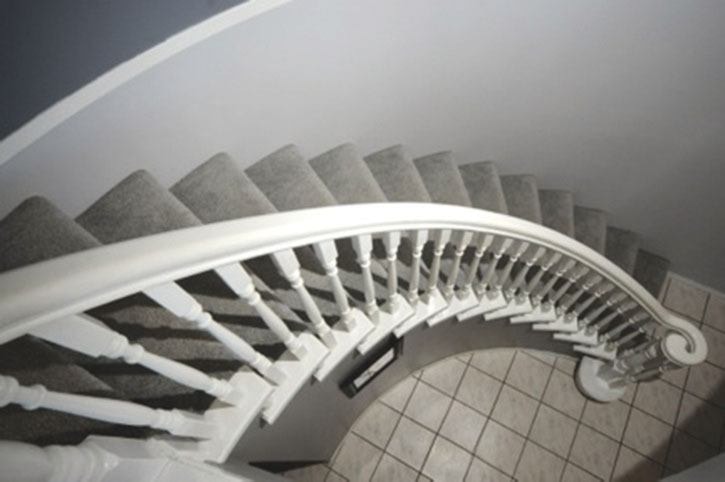A realtor friend of ours, Suzy, e-mailed me from Nanaimo. Suzy is the single mother of two very small children and is trying to balance life, children, and work.
“Help!” she said. “I am taking my own photographs of home interiors and they come out yellow and very grainy”. I e-mailed her back and explained about the white balance of digital photography. I was thinking that she had set her camera to “sunny” as a white balance, therefore creating that yellow look on rooms lit by tungsten light.
I also explained that her ISO was probably set very high which would let her shoot in lower light situations but with digital noise.
There is always a trade-off in photography: buy a faster shutter speed and pay for it in lens aperture, buy a small aperture for more depth-of-field and pay for it in shutter speed, buy a higher ISO and pay for it in digital noise.
Suzy e-mailed me back and asked if I would come and photograph a house for her and give her a simple lesson on shooting indoors. I set aside everything I typically take for this kind of shoot: my sturdy tripod, one telescoping lightstand, one white umbrella, two strobe slaves, two Nikon auto/manual “X” flashes, Sekonic flash/daylight light meter, remote cable release, Nikon SC-17 extended off-camera flash cord, flashlight, spare eyeglasses, extra batteries with a battery checker, Nikon D300s with a 17-70mm Nikon lens as well as a Sigma 10~20mm lens.
I knew that Suzy was using a Canon G10 camera so I went to the Internet and looked up her camera’s specs and layout. Drove to Nanaimo, grabbed Suzy and immediately went to Starbucks to re-fuel.
We arrived at the two-storey house to be photographed at noon, and the first thing that I noticed was that the front of the house was facing east. Although the sun was shining in full force, the front of the house was in shade. A mistake on my part: I should have asked which way the house was facing for the exterior shots.
I wanted to check out the interior so I took only the minimum gear into the house: tripod, camera, extended flash cord, SB800 Nikon strobe flash in bounce position, and a remote cable release. The ceilings were stippled white, perfect for bouncing light off of and creating a soft, even lighting in the room instead of harsher direct lighting from my flash.
I took a light meter reading of the room and set up the camera with the wide-angle lens to shoot at 15mm (which would equal 22mm lens in 35mm talk), set my ISO at 800, the aperture at f8 (for lots of depth-of-field) and the shutter speed at 1/60 of a second.
Because I was using a tripod it would have been possible to shoot at very slow shutter speeds, thereby gaining lots of depth of field. I could have shot at f11 @ 1/30 or else f16 @ 1/15. However I know that the optimal aperture for a lens is two stops down from wide-open, or in my case f8.
It all worked beautifully.
Any questions? E-mail me at nsilverstone@telus.net or see me online at www.silverstonephotos.com.
* Norman Silverstone teaches photography through North Island College and Eldercollege in Port Alberni.
